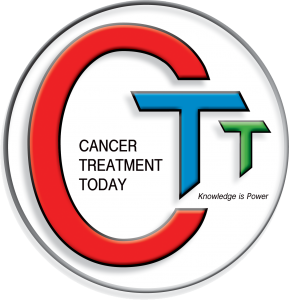Zolinza (vorinostate) for Relapsed adn refractory Hodgkin’s – pro
Current front-line chemotherapy drugs are very effective against Hodgkin’s lymphoma but patients who relapse after receiving them are less likely to achieve long-term, disease-free survival with current salvage therapies. This is because Hodgkin’s develops resistance to the drugs or the tumor’s biology changes in some way to reduce their effectiveness. This led to researchers testing newly released drugs for this purpose. Zolinza is approved in the USA for the treatment of cutaneous manifestations in patients with cutaneous T-cell lymphoma who have progressive, persistent or recurrent disease on or following two systemic therapies. However, it may be effective in other conditions as well. Merck initiated phase II studies, VANTAGE 088 and VANTAGE 095, as well as a Phase III, global, randomized, double-blind, placebo-controlled, 742-patient multicenter trial investigating Zolinza plus Velcade in relapsed MM after one to three prior anti-myeloma. However, the therapy remains investigational so far. For Hodgkin’s, a phase II study enrolled twenty-five eligible patients The ORR was 4% (one partial response). Median PFS was 4.8 months and the drug was well tolerated. A phase I clinical trial tested the effectiveness of HDACs to augment standard chemotherapy. Patients treated in the trial had several types of lymphoma. The best responses were seen in those with Hodgkin and diffuse large B-cell lymphoma (Budde et al). A study of Vorinostat and Lenalidomide in Treating Patients With Relapsed or Refractory Hodgkin Lymphoma or Non-Hodgkin Lymphoma was started at the City of Hope but was terminated.
I see it on p. HODG-B, 7 of8 in the 2025 NCCN algorithm for refractory disease. . On p. MS-34, NCCN says: ” A phase I/II study compared PD-1 inhibitor pembrolizumab monotherapy with pembrolizumab combined with vorinostat in patients with relapsed or
refractory CHL who had received >=1 prior therapy and were not eligible for
HDT/ASCR.289 Seventy-eight percent of patients had been exposed to PD-
1 inhibitor therapy, with 56% having PD-1 refractory disease. ORR was
72%, with a CR rate of 34%. Among patients with PD-1 refractory disease,
ORR and CR rates were 56% and 11%, respectively. Grade >=3 AEs
included cytopenias, hypertension, and hypophosphatemia”. It further discusses it on p. MS-36.
Mei M, Chem L, Godfrey J, et al. Pembrolizumab plus vorinostat induces responses in patients with Hodgkin lymphoma refractory to prior PD-1 blockade. Blood.
2023;142:1359-1370.
Weber D, Badros AZ, Jagannath S, et al. Vorinostat plus bortezomib for the treatment of relapsed/refractory multiple myeloma: Early clinical experience. Blood. 2008;112:322, abstract number 871
Kirschbaum MH, Goldman BH, Zain JM, Cook JR, Rimsza LM, Forman SJ, Fisher R, A phase 2 study of vorinostat for treatment of relapsed or refractory Hodgkin lymphoma: Southwest Oncology Group Study S0517. .Leuk Lymphoma. 2012 Feb;53(2):259-62.
Budde LE, Zhang MM, Shustov AR, Pagel JM, Gooley TA, Oliveira GR, Chen TL, Knudsen NL, Roden JE, Kammerer BE, Frayo SL, Warr TA, Boyd TE, Press OW, Gopal AK.
A phase I study of pulse high-dose vorinostat (V) plus rituximab (R), ifosphamide, carboplatin, and etoposide (ICE) in patients with relapsed lymphoma.Br J Haematol. 2013 Jan 29. doi: 10.1111/bjh.12230.
